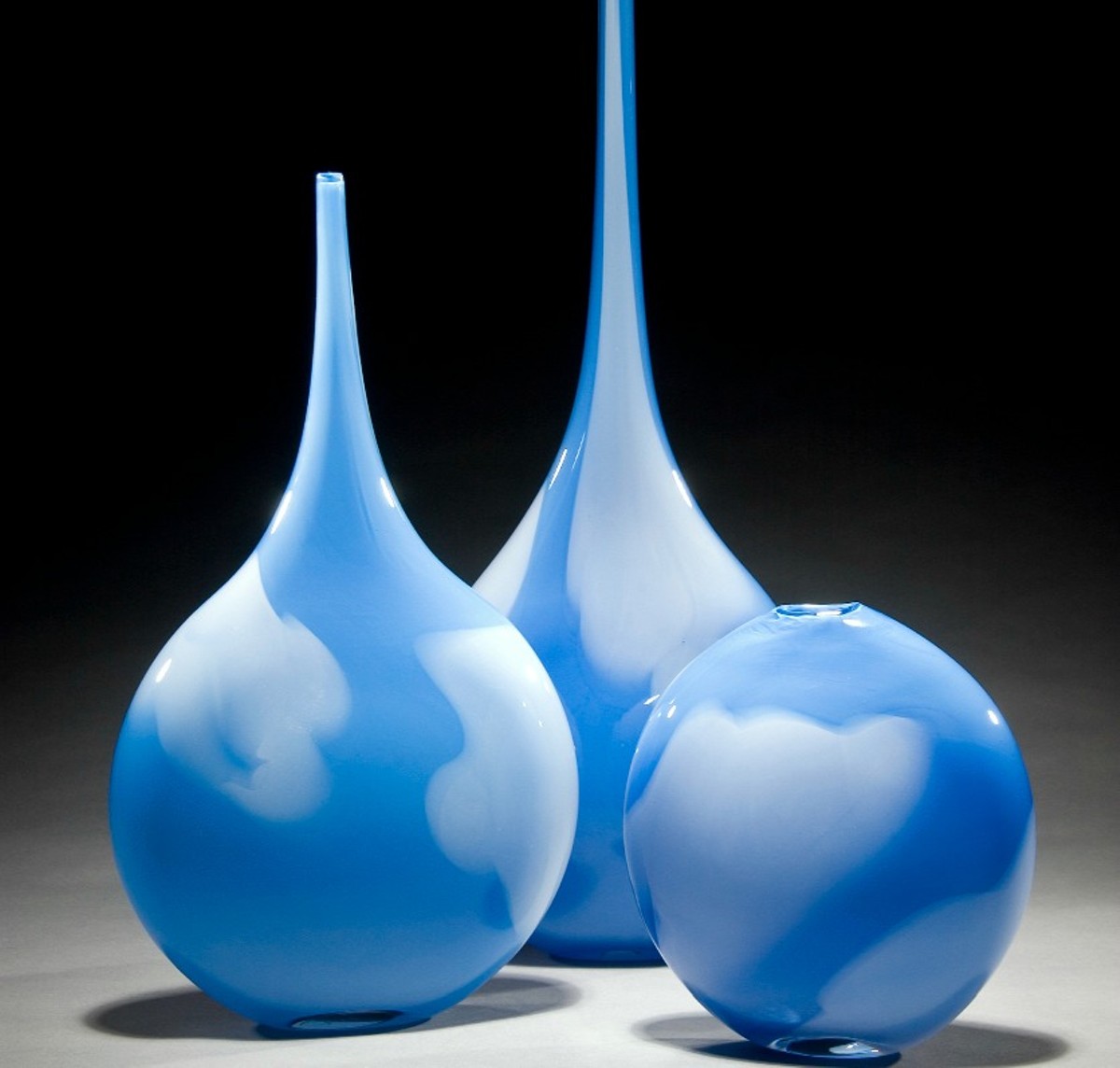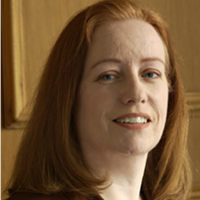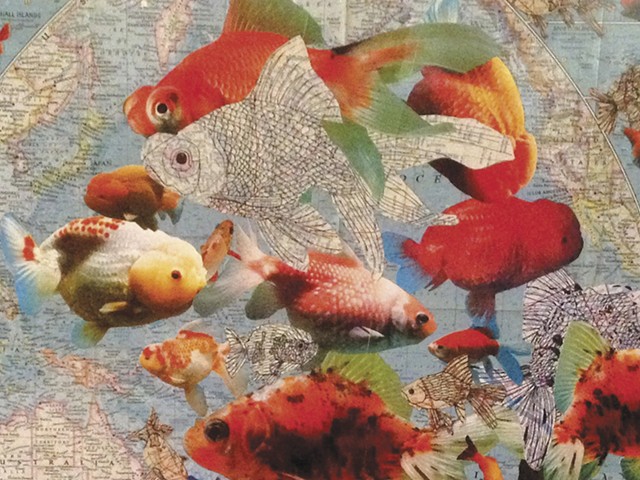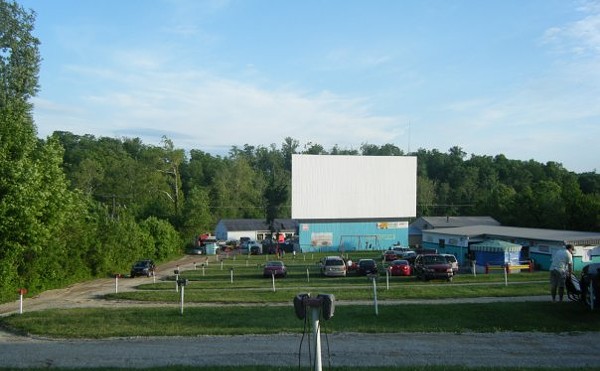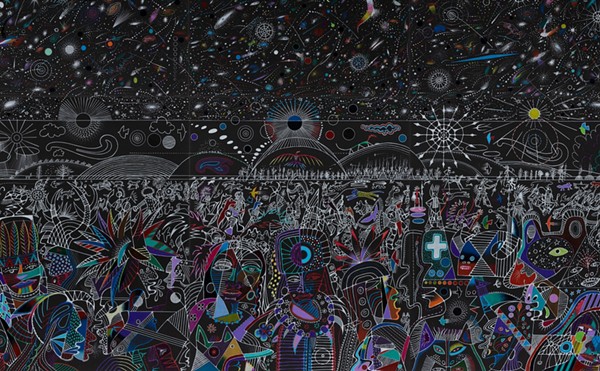One of Louisville’s strengths is an abundance of artists working in glass, so much so that the Glass Art Society held its annual conference here in 2010. Casey Hyland has been a long-time resident, first at Glassworks and now at his own studio at 721 E. Washington St. (hylandglass.com).
LEO: You have a degree in architecture from Washington University in St. Louis but switched to glassblowing somewhere along the way. How did you arrive at glass as your calling?
Casey Hyland: As a student of architecture, a primary challenge was to learn how to make things in the third dimension. Drawings are nice, but the object is supreme. A glassblowing class my senior year captivated me enough to move to Seattle, an American glassblowing mecca.
LEO: You've studied and worked at various craft schools around the United States, including Pilchuck near Seattle. I’ve always imagined it to be a magical place for glass artists.
CH: Pilchuck was the first glass school that I attended. My first time there was indeed magical. It was the 25th Anniversary Fifth Session; it included (master glass artists) William Morris, Dante Marioni, Lino Tagliapetra, Fritz Driesbach, Therman Statom, Libensky/Brychtova, etc. I have been back twice. I have also been very fortunate to study at the Appalachian Center for Crafts and Penland School of Crafts. Being in such a small — and obscure — community as Hand-Craft, traveling is imperative to learn and connect. These craft schools have made the American glass studio scene. I certainly consider my studio a product of my craft school experiences.
LEO: As I recall, you started the “Blow Your Own” program at Glassworks that let visitors create their own glass object. When you opened up your own studio in 2012, you continued with this year-round program. What exactly is “Blow Your Own?”
CH: The BYO is an opportunity to open the hot glass studio to the public on the weekends and special events. It is a small way for people to experience hot glassmaking. Throughout the year we help people make ornaments, pumpkins, mugs, heart paperweights, flowers, small bowls and eggs.
LEO: One of the more interesting pieces you create is cremation urns. How did you come to start making them?
CH: Our cremation urns came about through consumer demand. We never actively marketed urns. Like most people that come through our door, families in mourning are looking for something unique … their satisfaction comes from having an actual hand in the design and execution.
LEO: Your studio on East Main Street was a popular stop on the First Friday Trolley Hop. You recently moved to 721 E. Washington St. Why?
CH: We relocated due to an increase in demand for the neighborhood — we were forced to relocate. My wife and I were determined not to be “the artist priced out of the neighborhood.” So, we found our spot. The process started around last March, and the last three months have felt like a year. We have been “hot” the last two weeks, and it feels awesome — it is as if the building was built and waiting for us! Once the snow melts, we will be dressing the front of the building. The location really gives us the opportunity to connect with Butchertown, NULU and downtown. We are currently developing the adjacent 3000 square feet for an exhibition and activity space that will be called “Gather.” Gather, of course, is the first process that you learn as a glassmaker — getting hot glass from the furnace. We are very excited for this new addition of our business and look forward to facilitating our involvement with our neighborhood.

